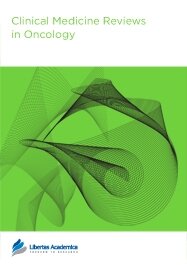

Publication Date: 18 May 2010
Type: Review
Journal: Clinical Medicine Reviews in Oncology
Citation: Clinical Medicine Reviews in Oncology 2010:2
doi: 10.4137/CMRO.S4506

Palonosetron, the second generation 5-hydroxytryptamine-3 receptor antagonist (5-HT3RA), has shown superior efficacy in preventing the delayed phase of highly emetogenic chemotherapy induced nausea and vomiting (CINV) when administered in combination with dexamethasone in a randomized phase III trial, as compared with granisetron, a first generation drug in the same class. Since the 1990s, dramatic improvements have been achieved in anti-emetic therapy, including the development of neurokinin-1 receptor antagonists (NK-1RAs) such as aprepitant, as well as 5-HT3RAs. According to pharmacological research, palonosetron, compared to other 5-HT3RAs, not only has a prolonged half-life and high receptor affinity, but also shows other characteristics such as allosteric interactions and positive cooperativity with the receptor resulting in long-term alteration and internalization of this receptor. Although several other clinical trials have supported the favourable actions of palonosetron, more investigations are needed to confirm these advantages for highly emetogenic chemotherapy by using regimens recommended by international guidelines, including the advantages of combining Palonosetron dexamethasone and aprepitant. This review not only focuses on palonosetron, but also on the history and the future of antiemetics for CINV.
RIS citation (ENDNOTE, REFERENCE MANAGER, PROCITE, REFWORKS)
BibTex citation (BIBDESK, LATEX)

I was requested to contribute a review. The objectives, timelines and process were all extremely reasonable and fit in well with my knowledge base and my work as well as my schedule. The process was quite seamless and no paper was ever exchanged--everything was completed on-line. Thanks for the opportunity to make this contribution.
Facebook Google+ Twitter
Pinterest Tumblr YouTube